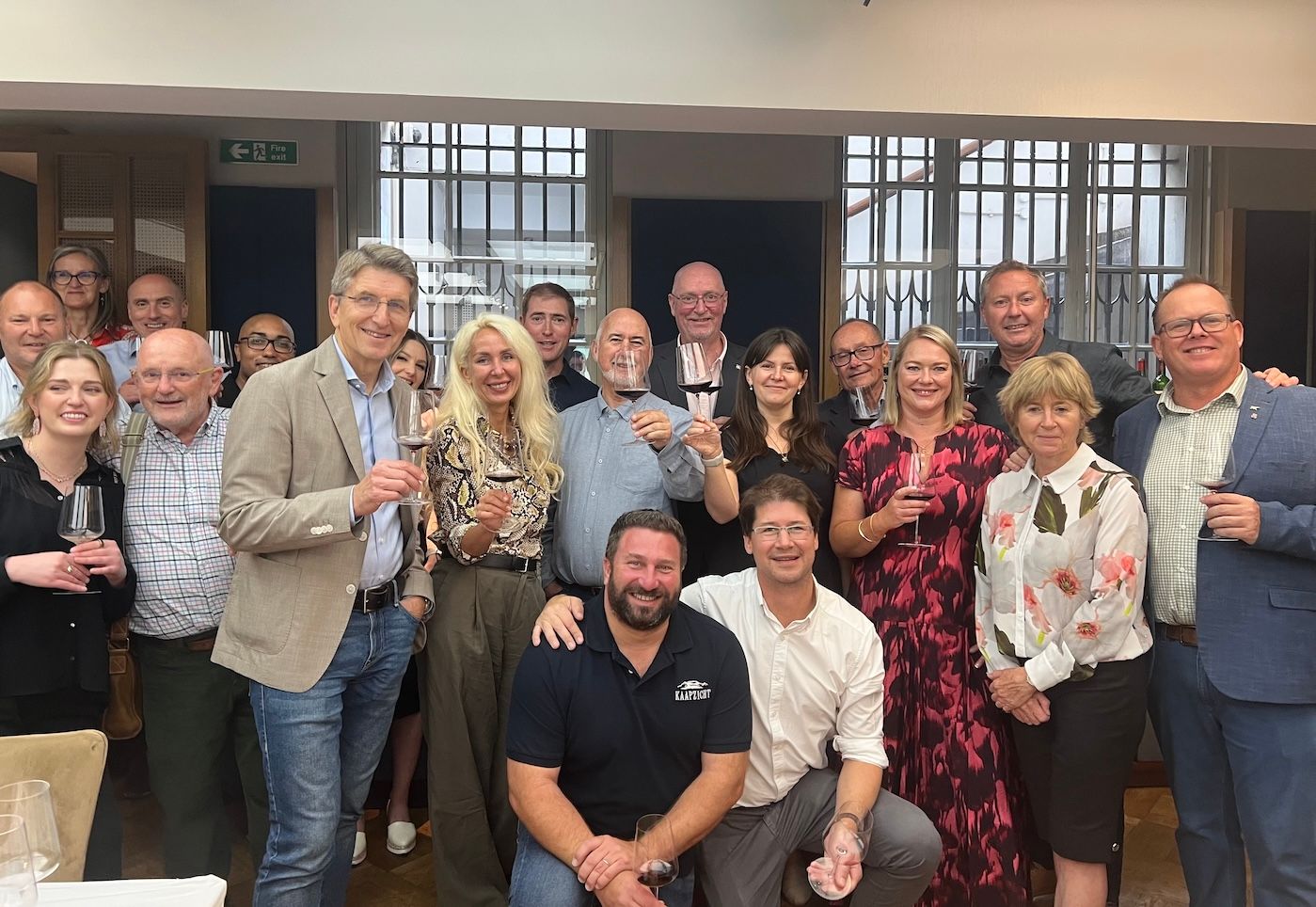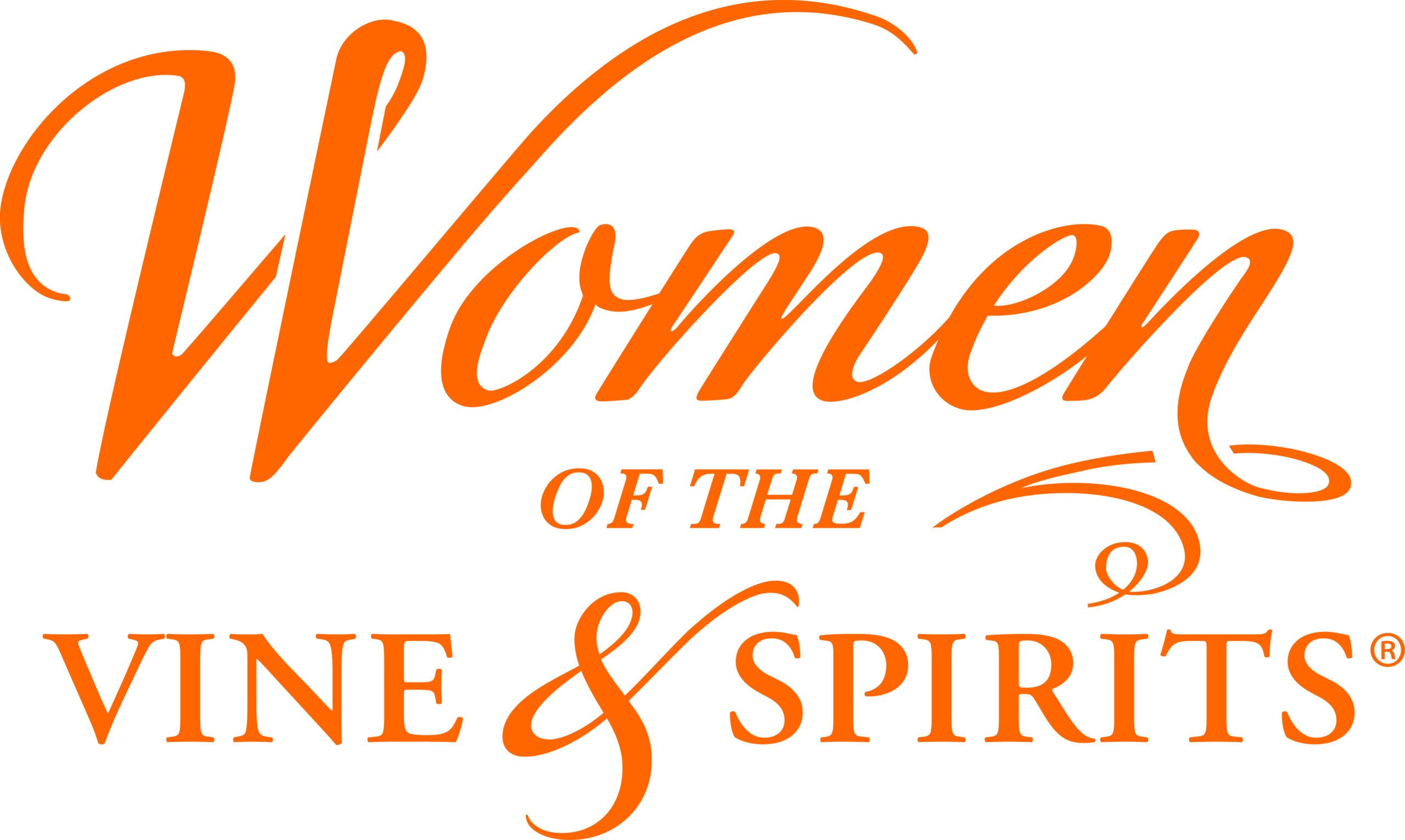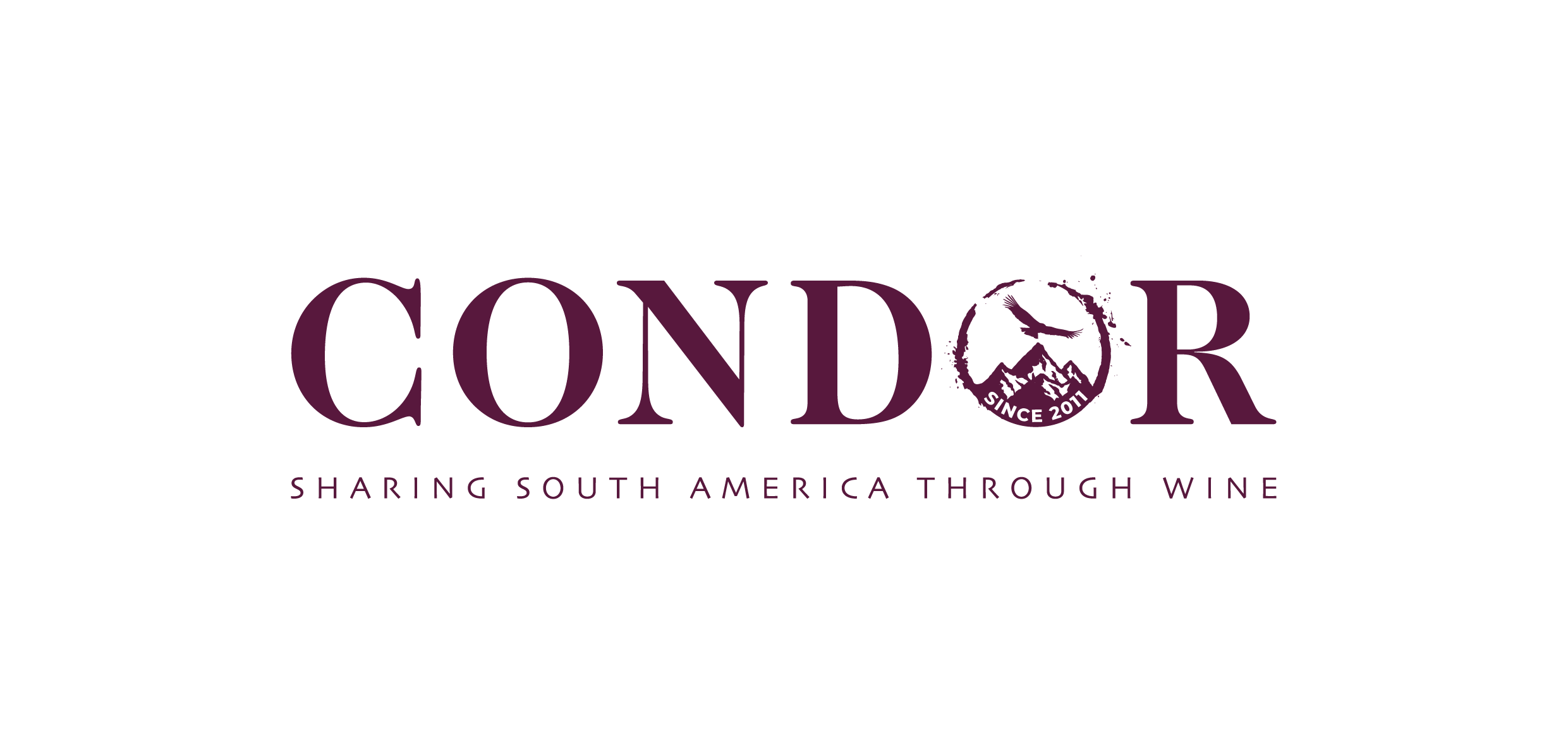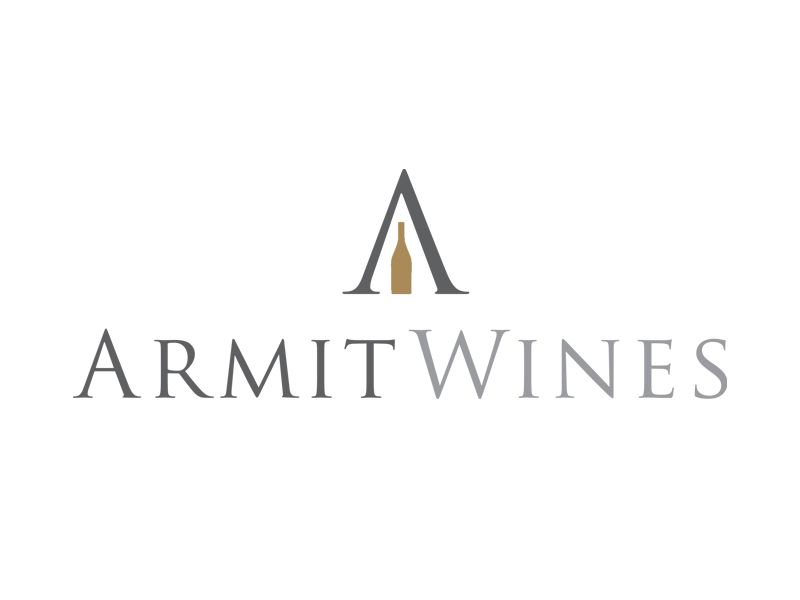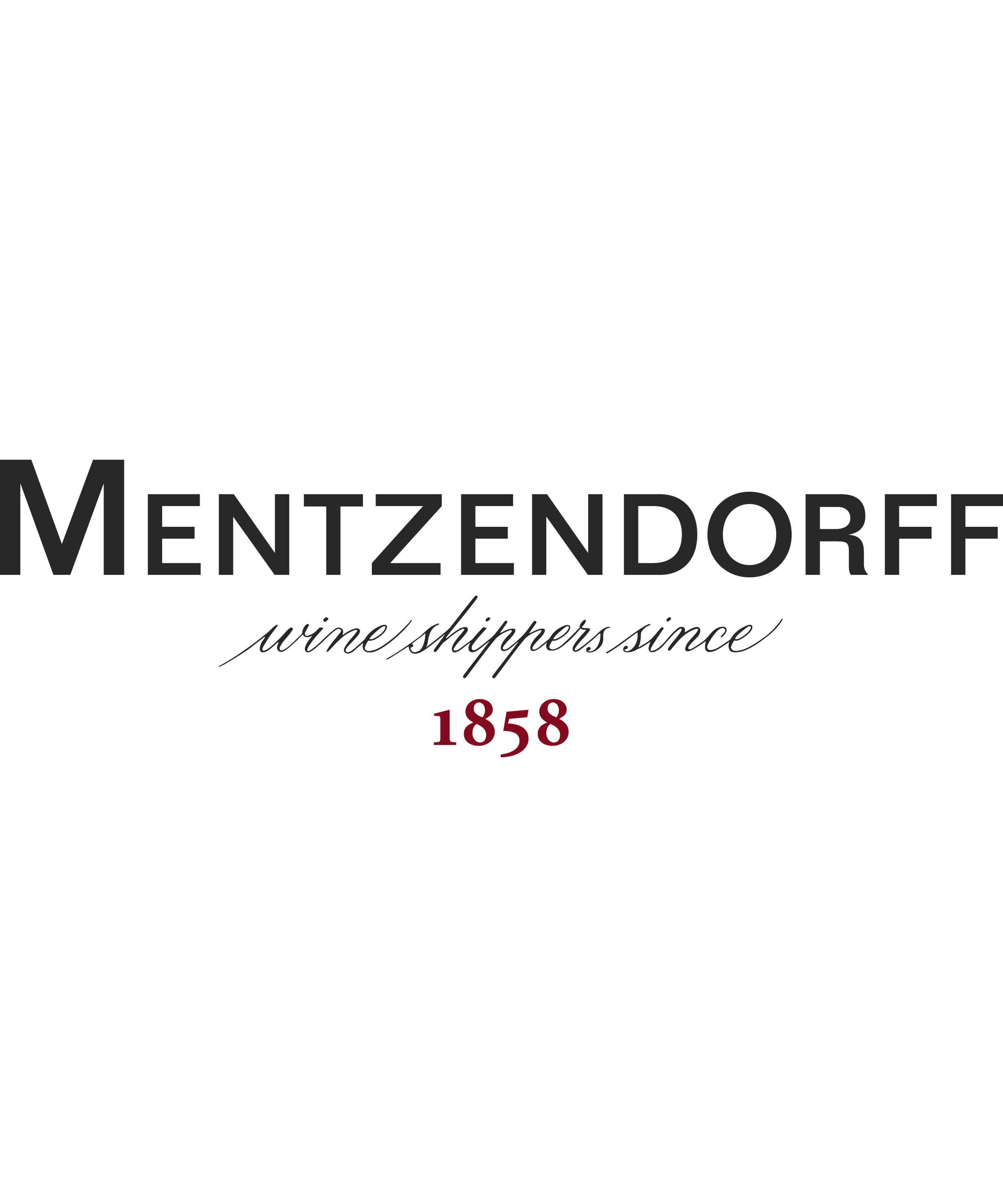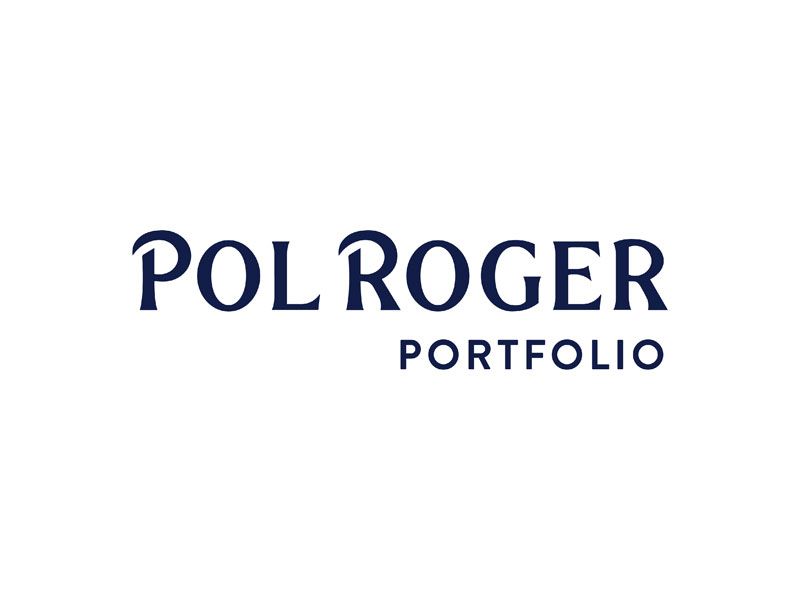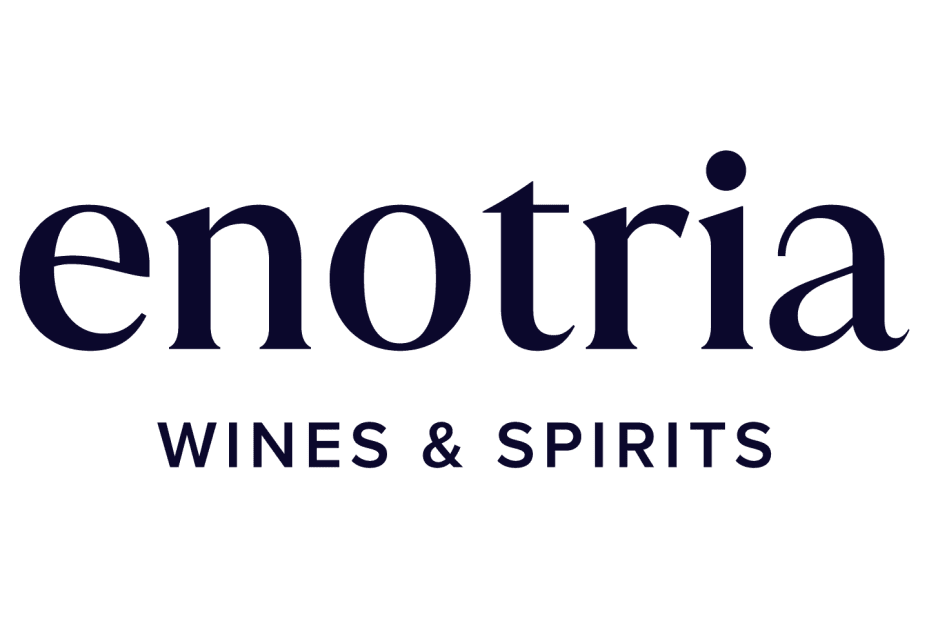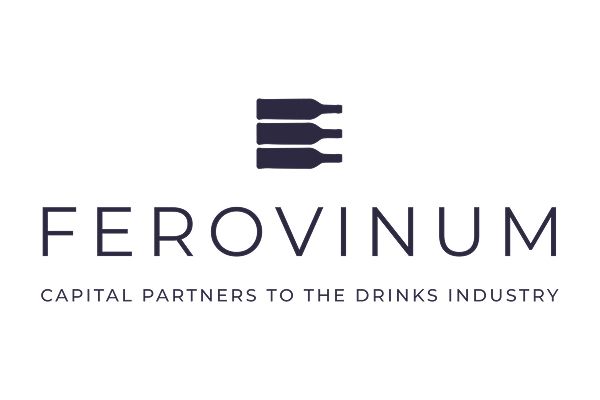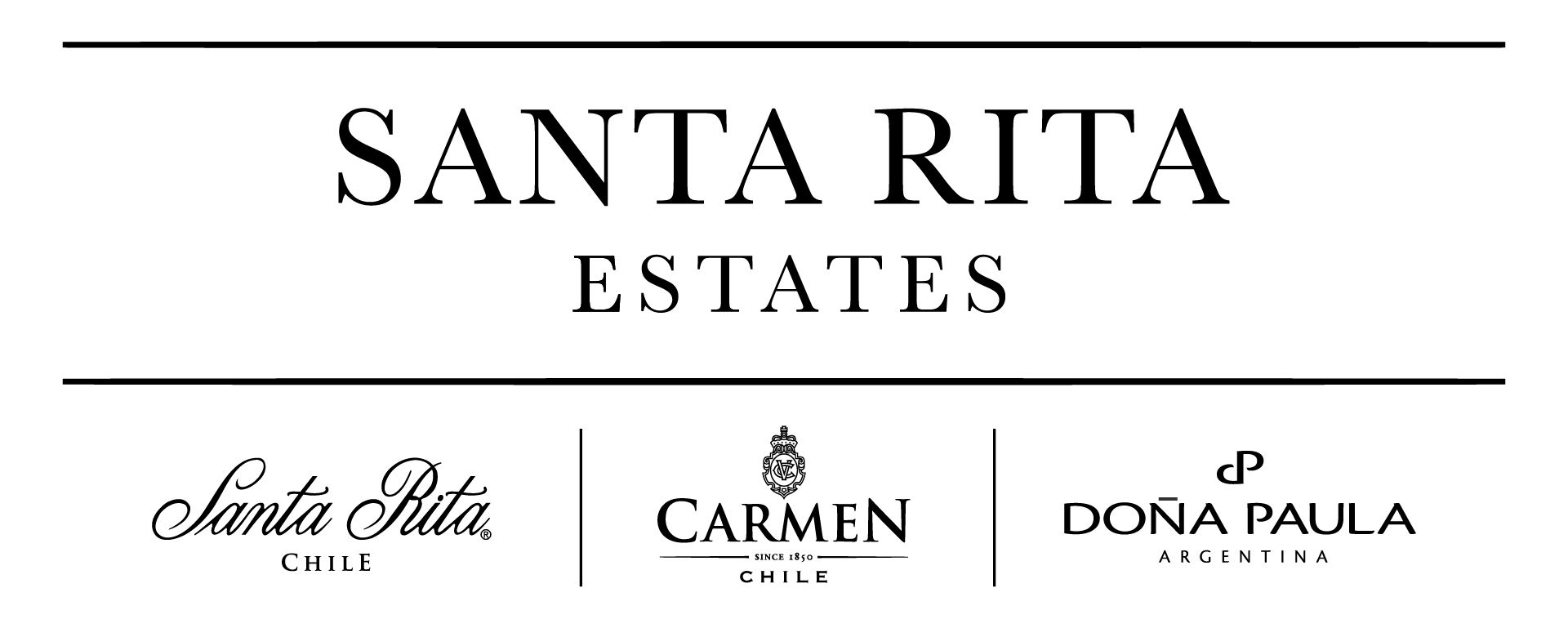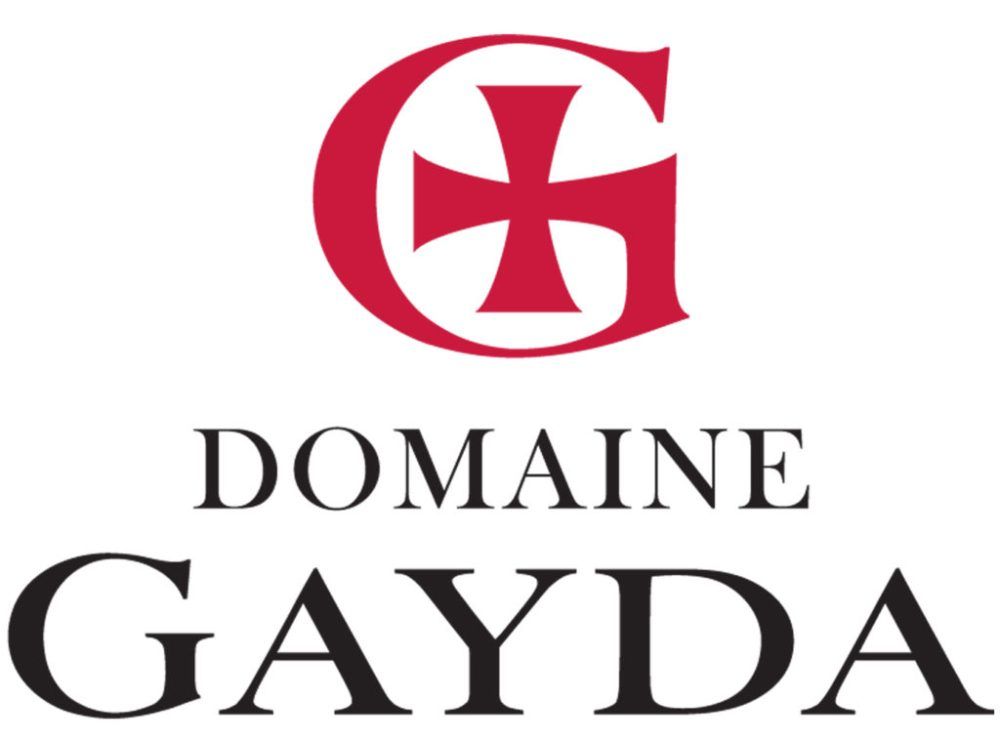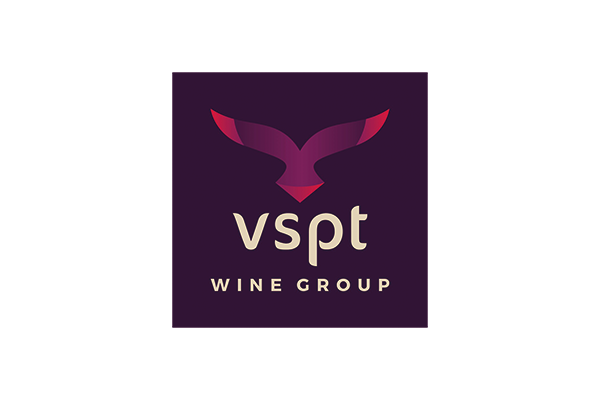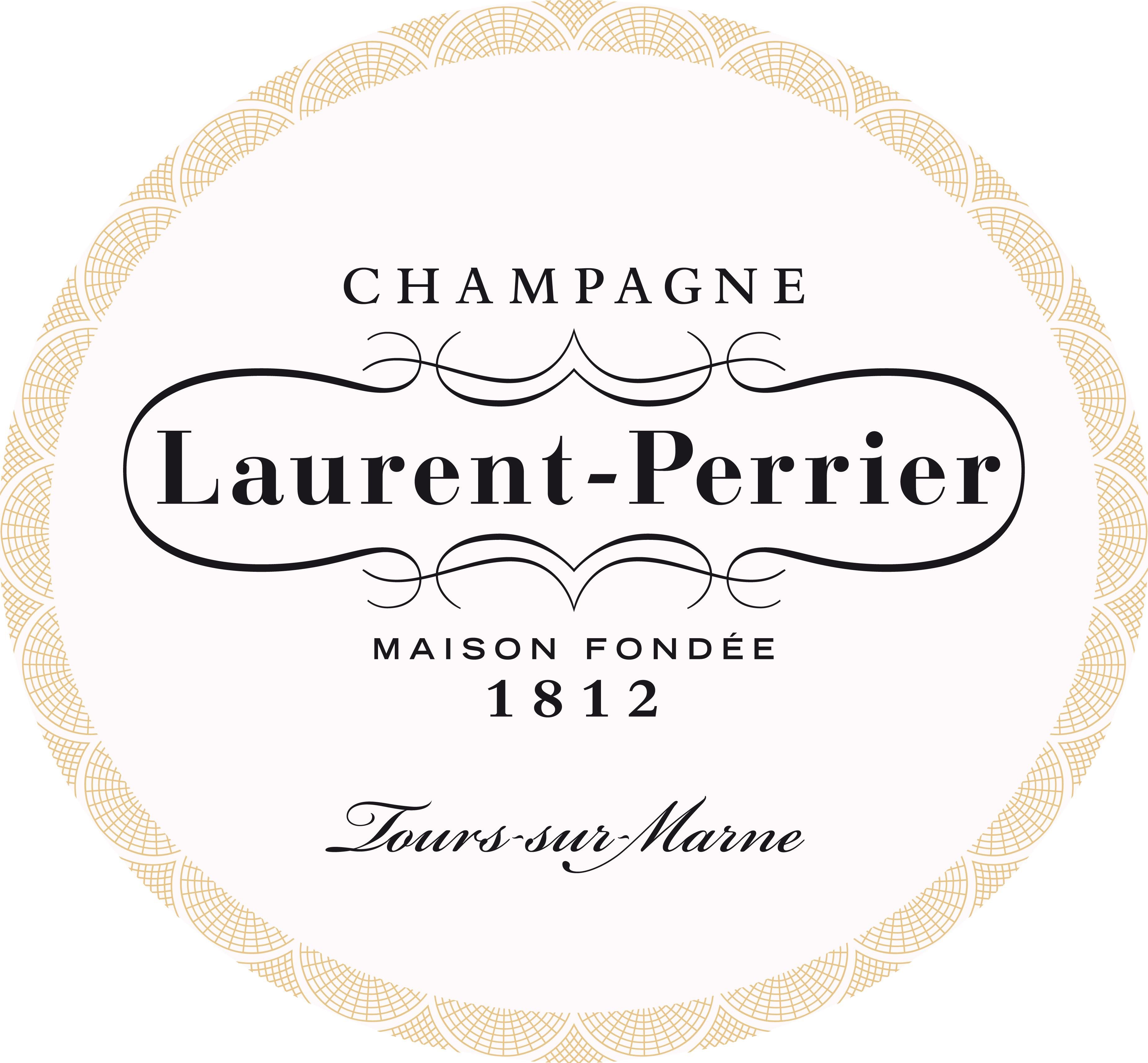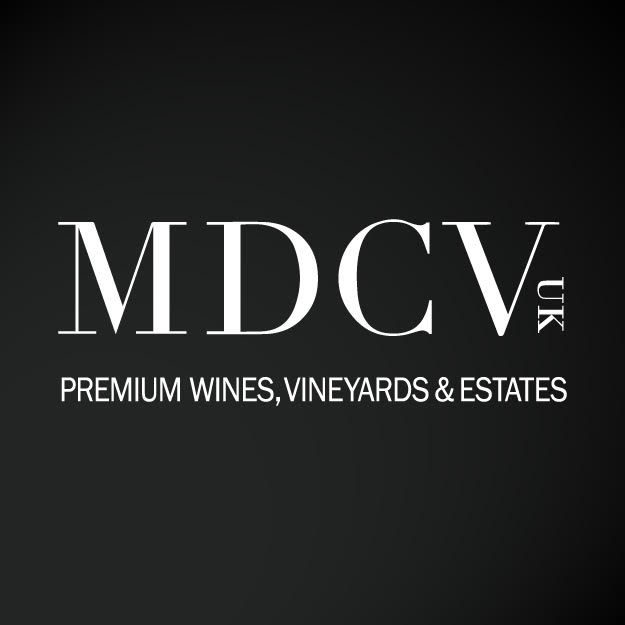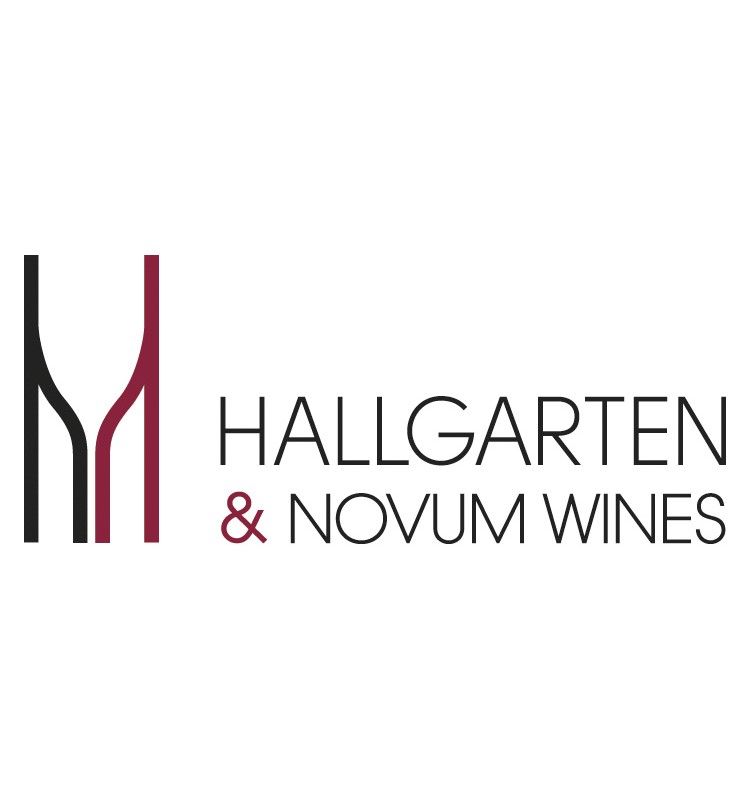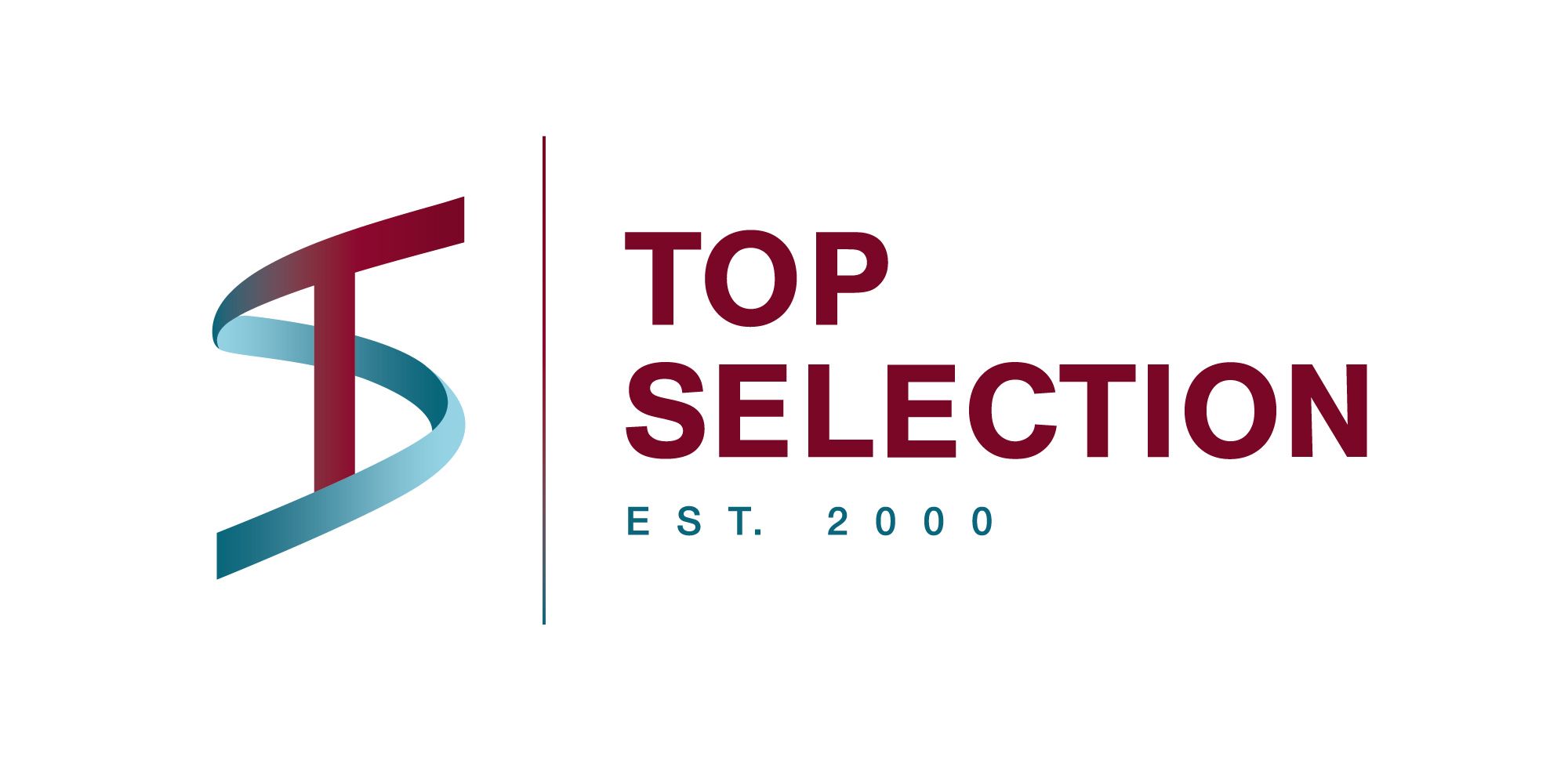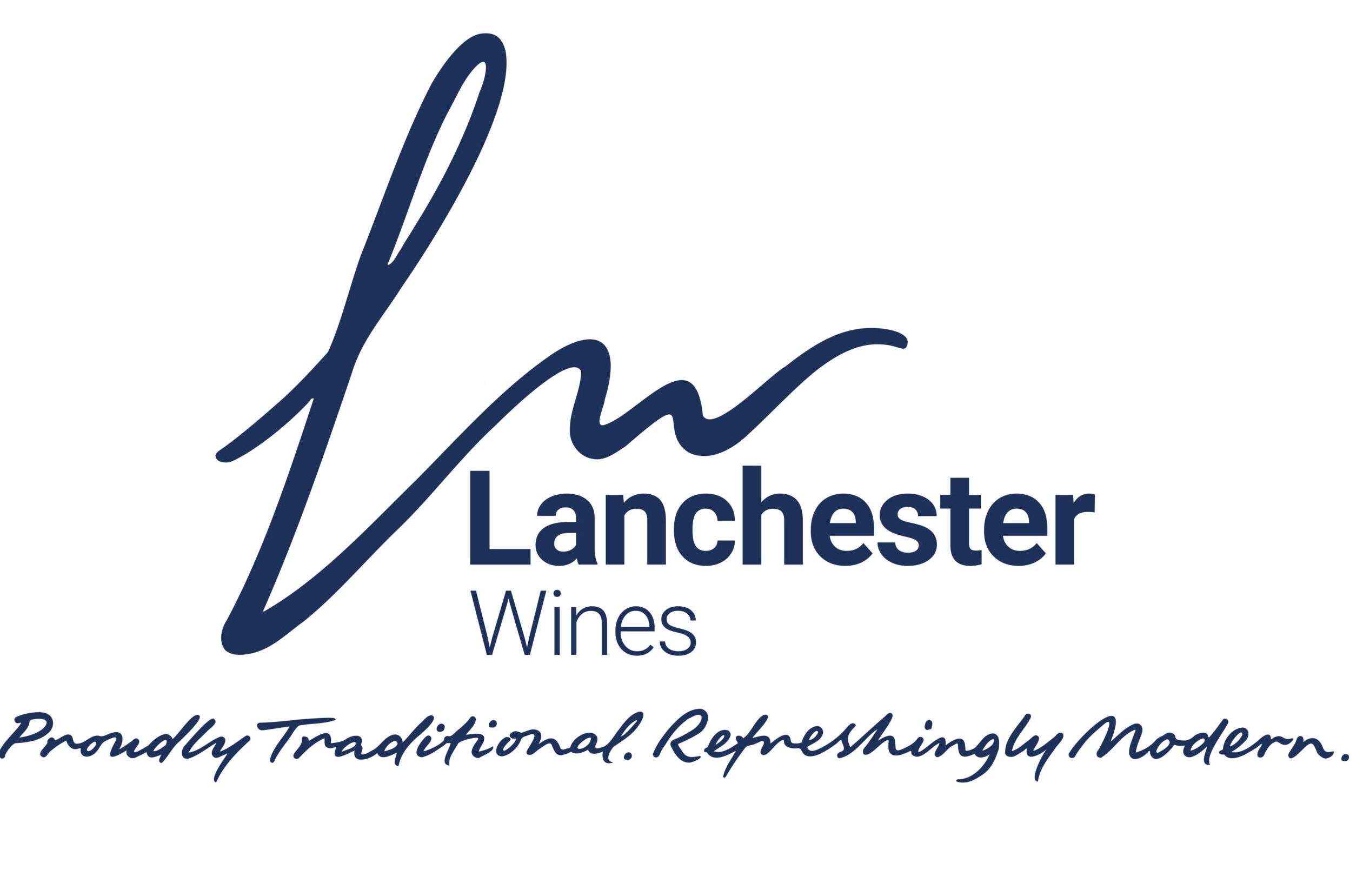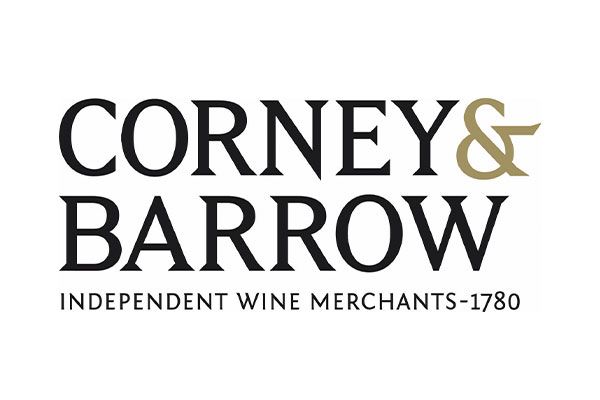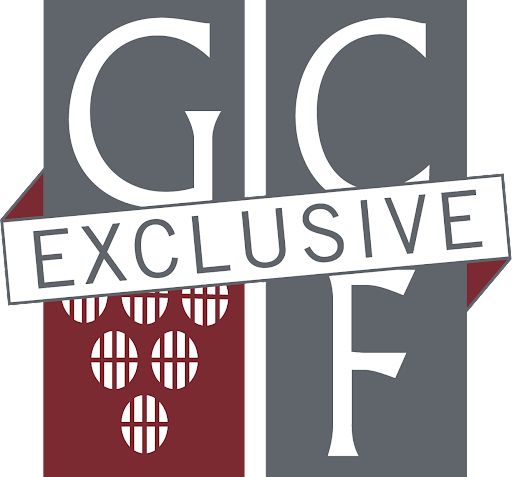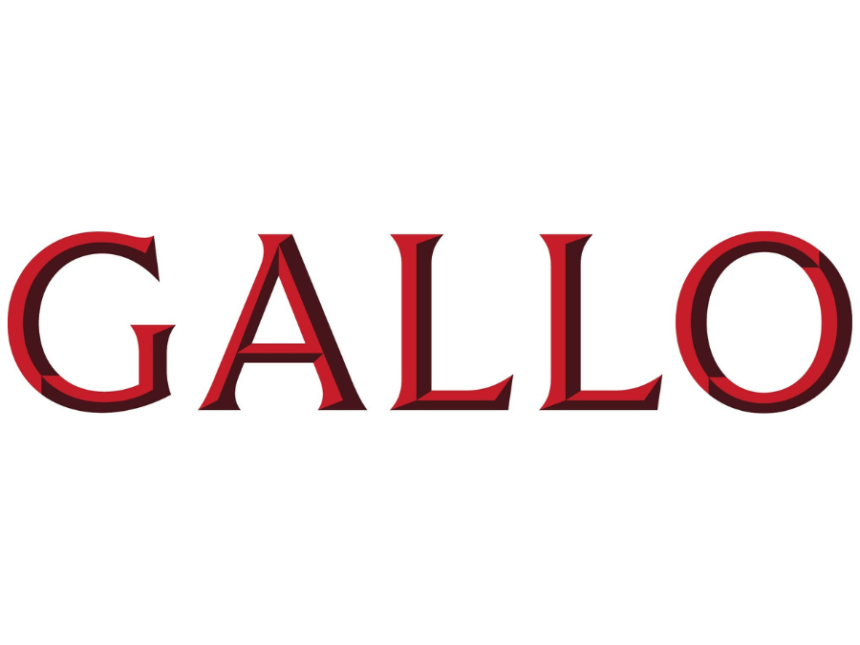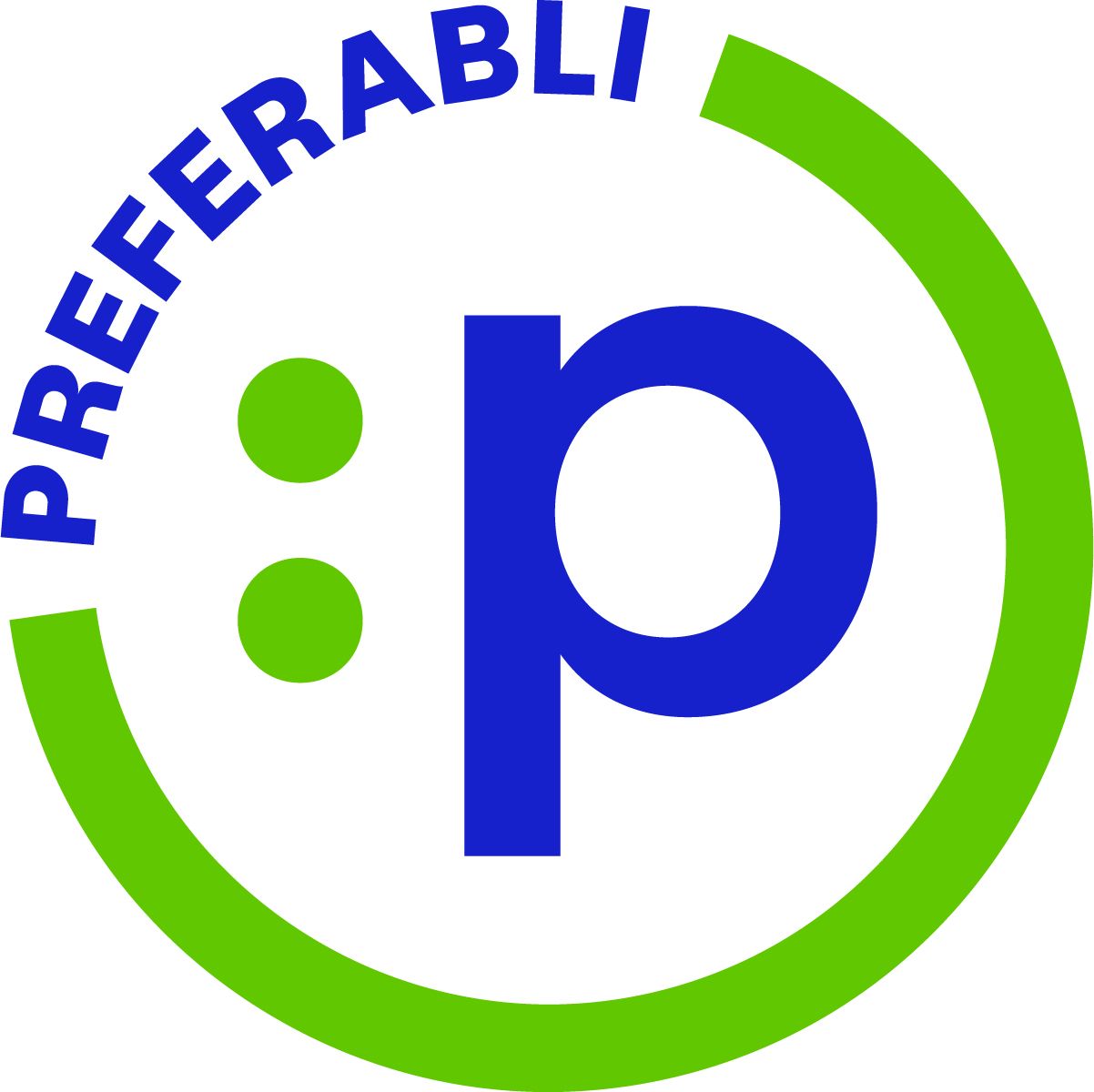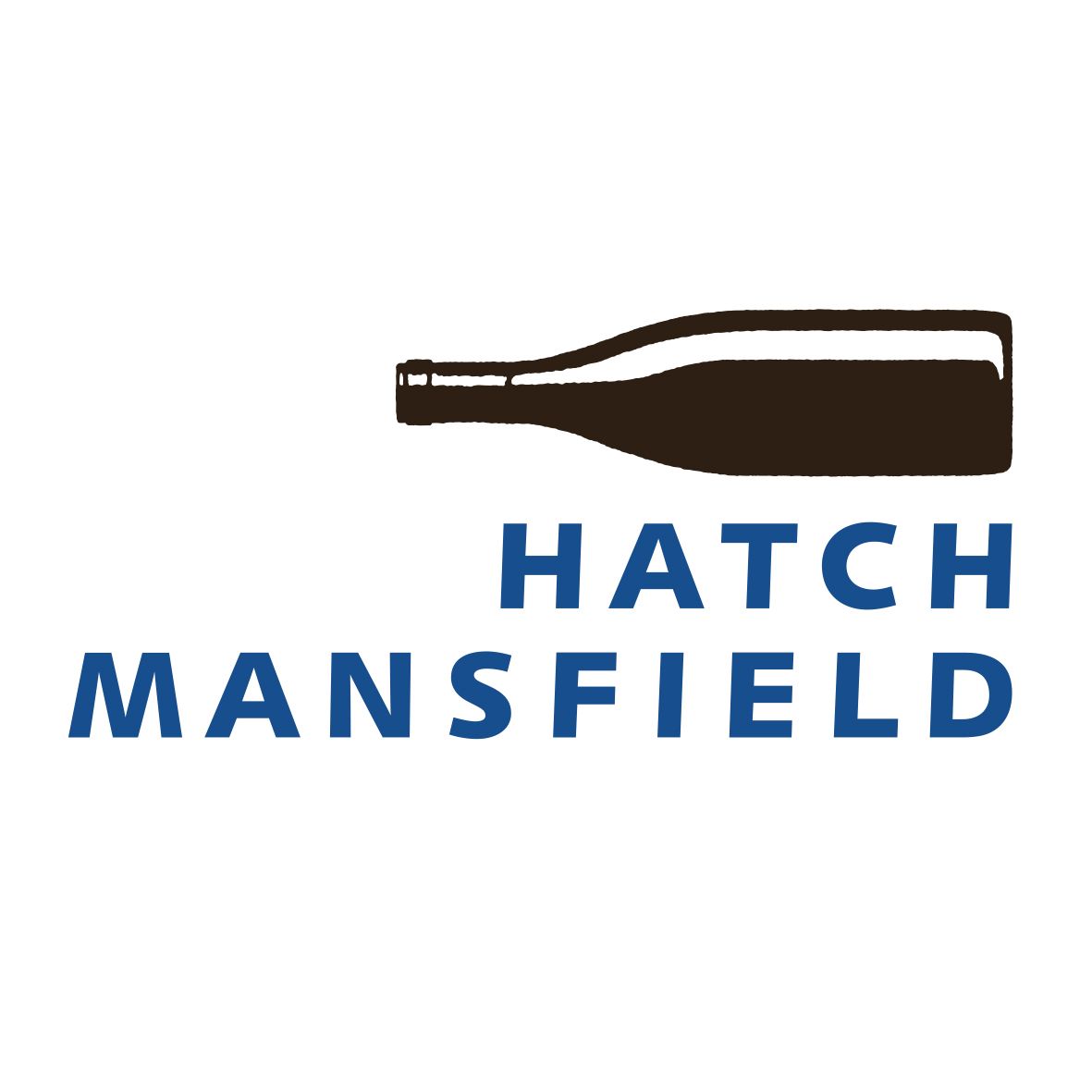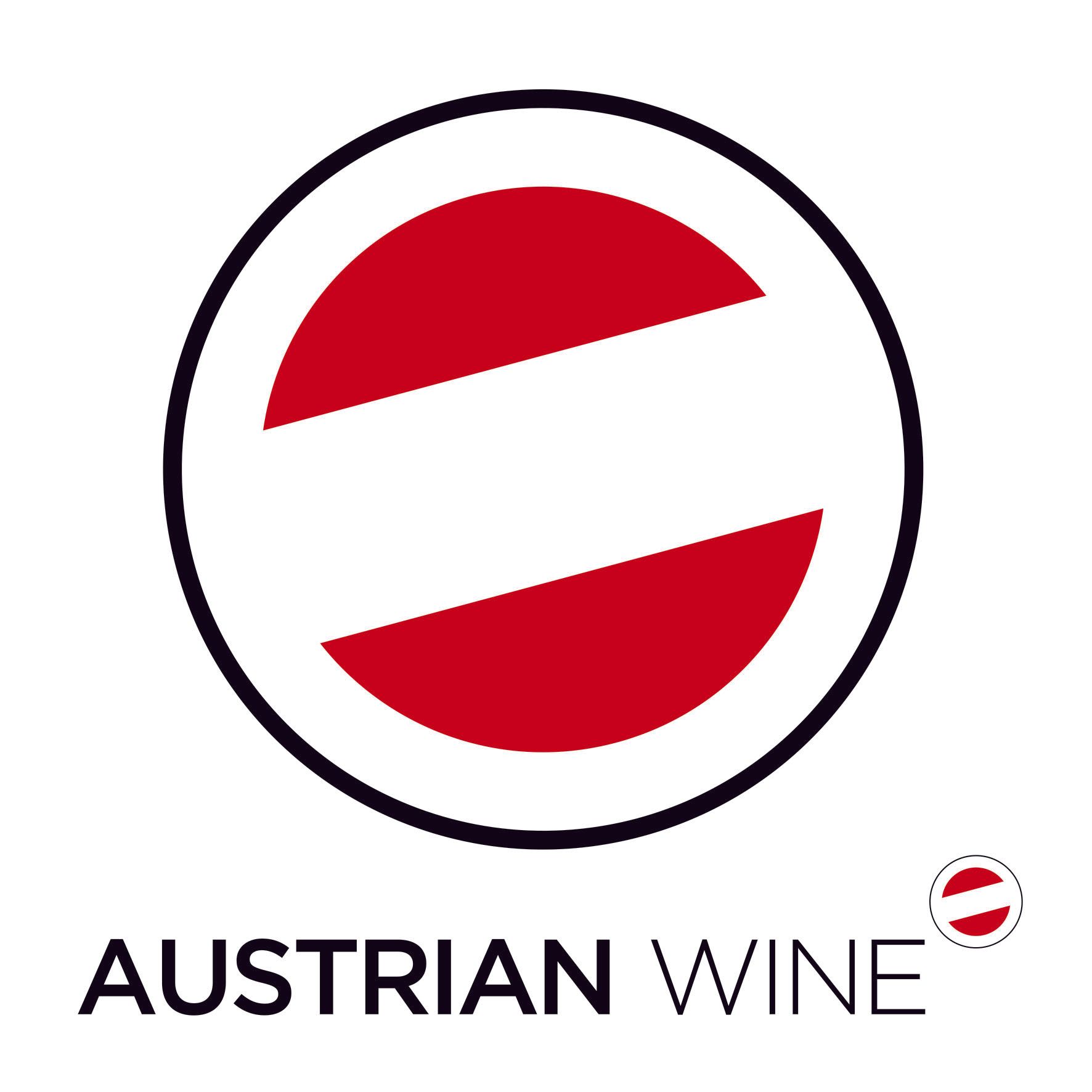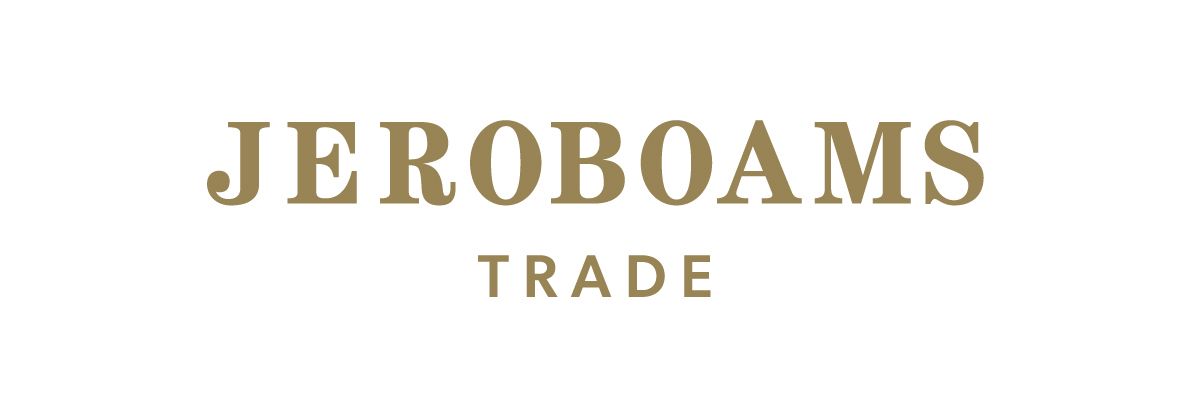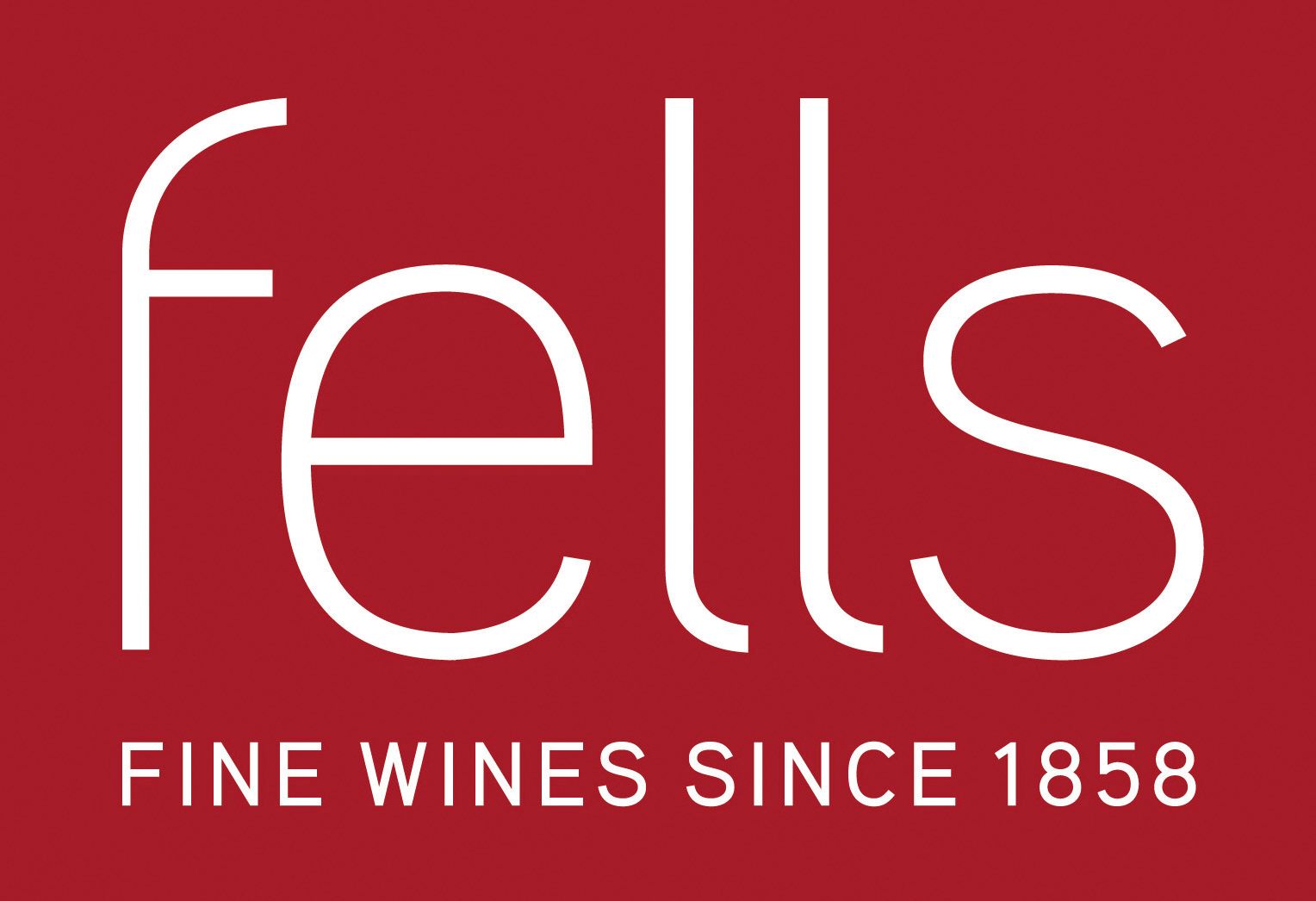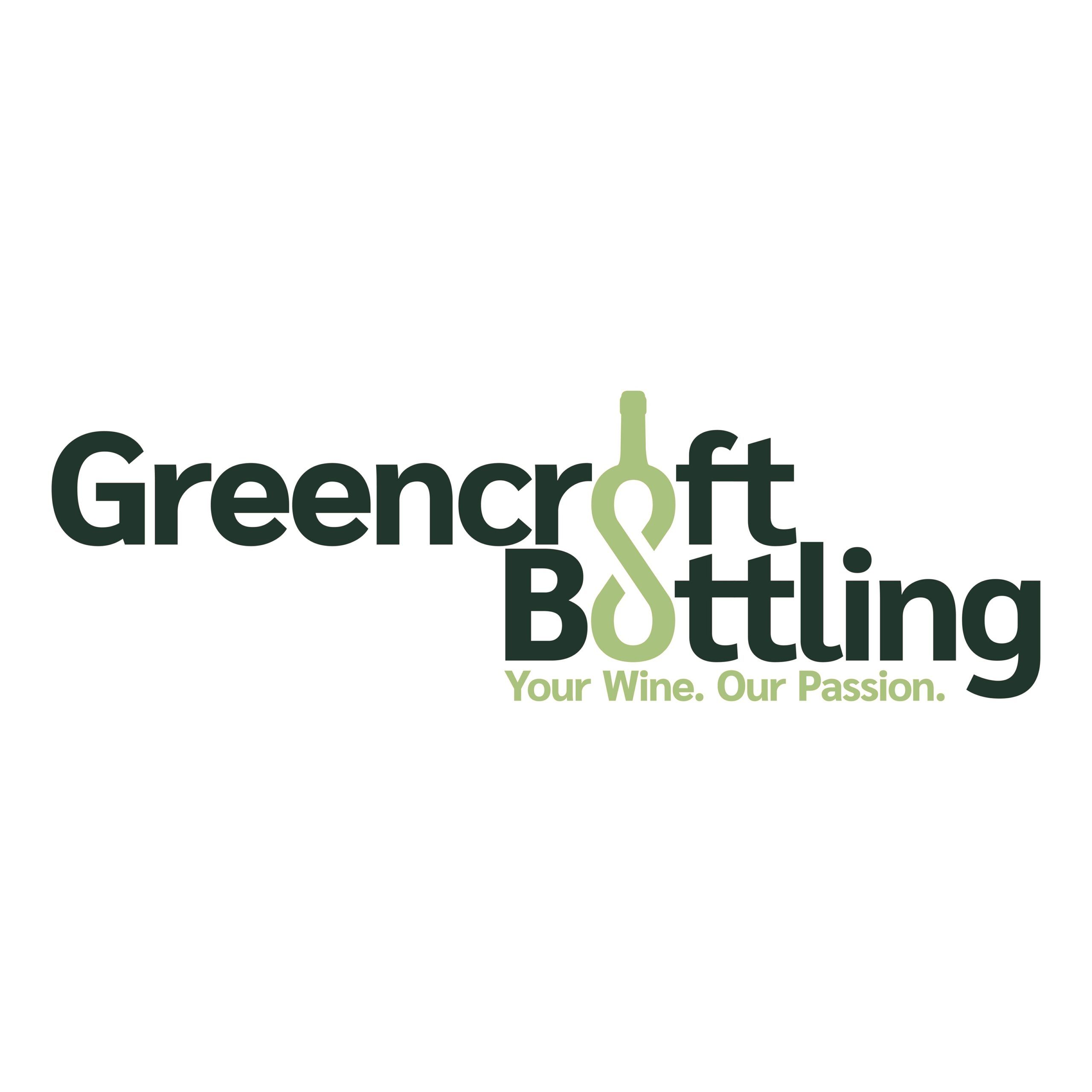In 1925, a visionary South African viticulturist named Abraham Izak Perold crossed Pinot Noir with Cinsault (then locally called Hermitage) in the vineyards of Stellenbosch. What he created – Pinotage – was both a scientific curiosity and, eventually, a cornerstone of South African wine identity. One hundred years later, that cross is being celebrated not just as a cultural milestone, but as a variety that has evolved with immense character, quality, and complexity.
More than a grape
Pinotage is more than a crossing or a curiosity, it has grown into a cultural statement. Once dismissed as rustic or uneven, it has evolved into one of the most expressive, age-worthy varieties in the New World. Thanks to the tireless work of passionate producers and the Pinotage Association, founded in 1995, the grape has gone from underdog status to icon.
The Association has championed innovation, education, and quality for nearly three decades, and its current focus is nothing short of ambitious: developing a Grand Cru-style classification for Pinotage. This structured approach would help codify the most exceptional sites and producers, elevating Pinotage’s global reputation and bringing well-deserved clarity to consumers and collectors alike.
What’s even more exciting is the spirit of collaboration now flourishing in the South African wine industry. From shared knowledge to regional cooperation, winemakers are working together rather than competing in silos. It's a shift that reflects maturity (not just of the wines) but of the industry itself. And as someone watching this from both inside and outside, I must say: it’s a joy to witness.
Of course, Pinotage still presents challenges. One of the most critical is its narrow picking window. Unlike Cabernet Sauvignon, which offers some flexibility, Pinotage ripens fast and must be picked within just 2–3 days at optimal maturity. Miss it, and you risk over-ripeness and loss of freshness. This demands precision in the vineyard, fast decision-making, and close attention to detail.
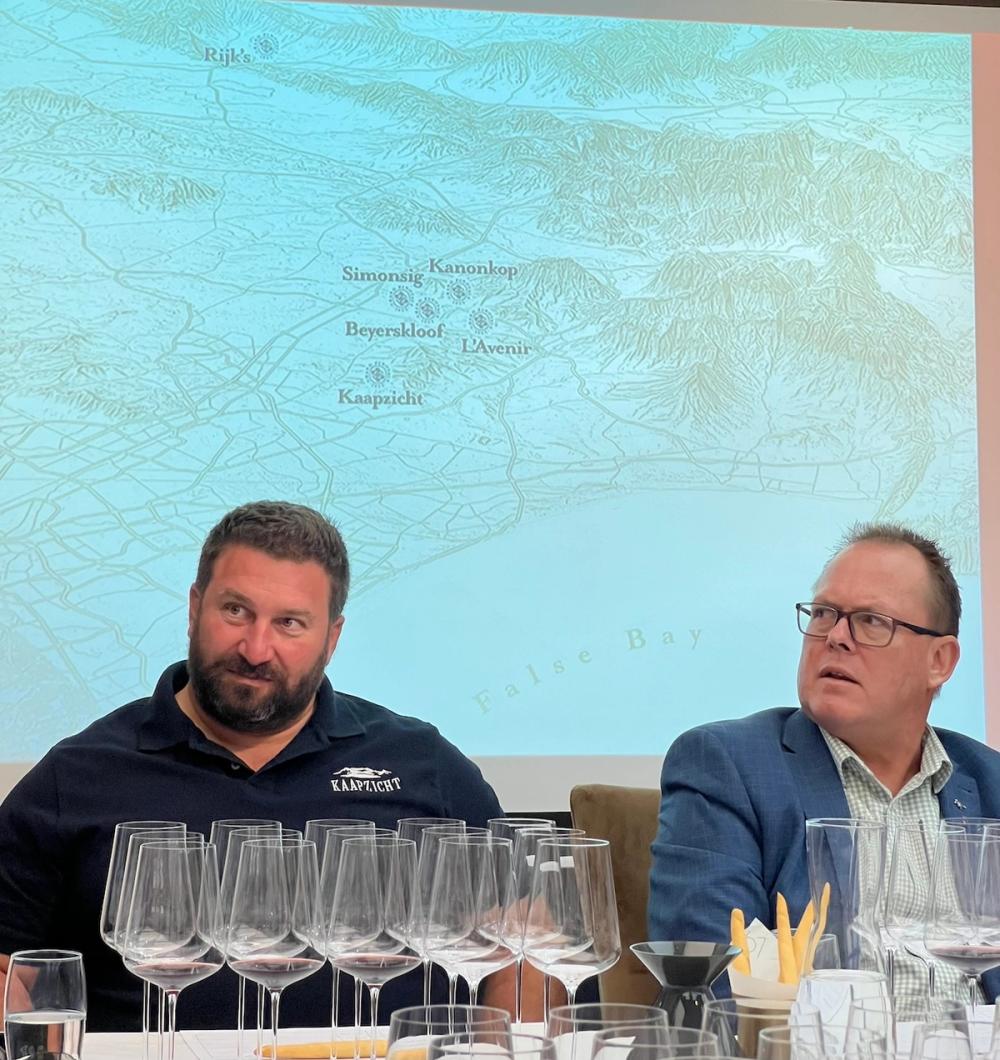
Danie Stytler of Kaapzicht and Francois van Zyl of Kanonkop (l-r) at the Pinotage Centenary Masterclass, London, June 25, 2005
Another ongoing challenge is vineyard architecture in a warming climate. In the 1990s, many producers transitioned from traditional bush vines to trellised systems, aiming for higher yields and easier canopy management. But in water-scarce regions like Stellenbosch, this change backfired. Trellised vines demand significantly more water – a resource increasingly under pressure.
Today, many are reversing course, returning to bush vine cultivation. Why? Because bush vines are not only better adapted to heatwaves and drought, but they also tend to produce smaller berries and more concentrated fruit – perfect for expressing the nuanced depth Pinotage is now capable of.
In short: Pinotage has found its rhythm, but it’s not standing still. It is learning, adapting, and thriving. And at 100 years old, it's never been more dynamic.
The future: from Pinotage to PiWis
Pinotage stands today not only as a proud South African signature grape but also as a trailblazer for viticultural innovation. Once a bold experiment, it now serves as a 100-year case study in varietal development. As PiWi varieties (disease-resistant, climate-resilient hybrids) gain attention, Pinotage offers a valuable precedent. Some experiments take decades to mature, but with patience and vision, they may become the classics of tomorrow.
The centenary masterclass
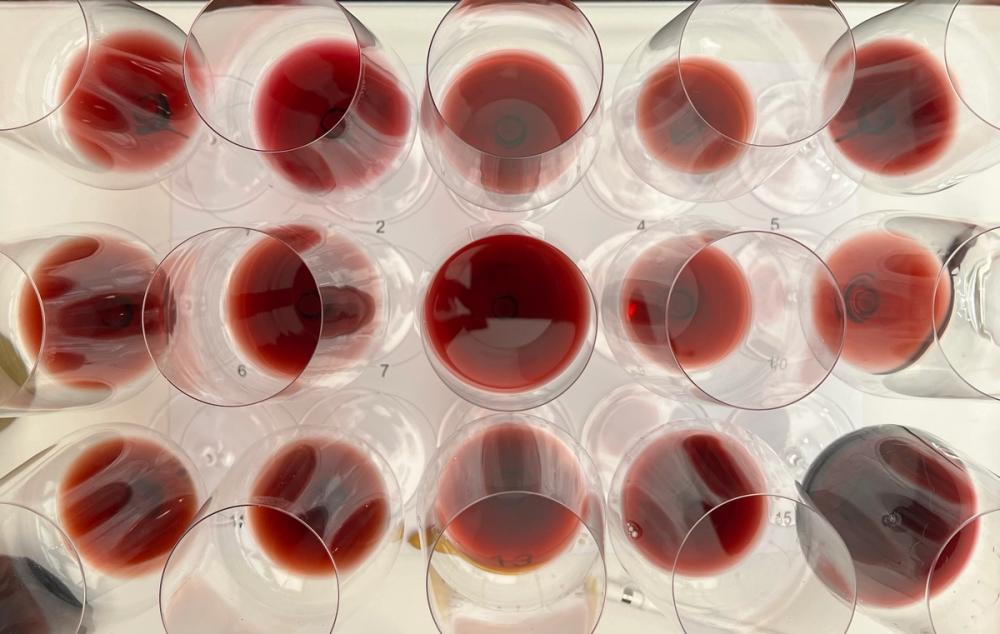
To mark this remarkable milestone, a Pinotage Centenary Masterclass was brought to London, gathering industry professionals and wine lovers alike together for a once-in-a-century tasting. The event was hosted by Beyers Truter, chairman of the Pinotage Association and long-time champion of the variety, and Seckford Agencies alongside three leading producers: Anri Truter of Beyerskloof, Danie Stytler of Kaapzicht and Francois van Zyl of Kanonkop.
Each presented a curated range of their Pinotage wines, including rare library vintages – offering an unique opportunity to explore the evolution of this grape through time, terroir, and technique.
Here are the highlights from 15 wines that spoke to the past, present, and promising future of this uniquely South African grape.
Kaapzicht Estate – Bottelary Hills elegance
A fourth-generation family farm in the Bottelary Hills of Stellenbosch, Kaapzicht is known for its honesty in winemaking and deep roots in the region. The Stytler family has been cultivating Pinotage since the mid-20th century, focusing on fruit purity, freshness, and balance. The wines reflect the granitic soils and elevated vineyards, with a stylistic tilt toward elegance and approachability.
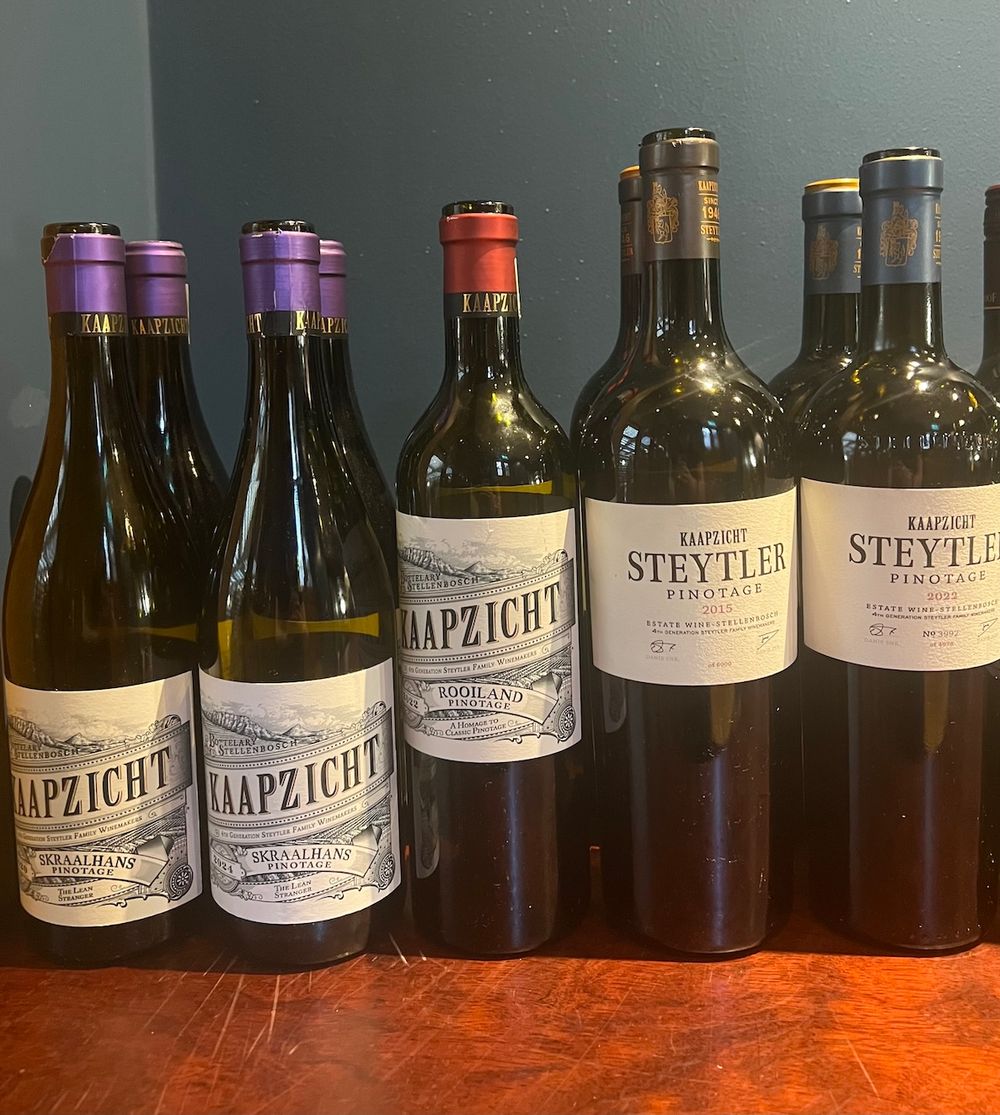
Kaapzicht Skraalhans, Pinotage 2020 (12.5%)
From Bottelary Hills in Stellenbosch, this wine showed a light fruity nose – red currant, wild berries, and a subtle vanilla thread. A youthful, chilled red best served cold! Lots of charm. The grapes were picked slightly earlier than usual, and that definitely has complemented the wine with outstanding acidity.
Kaapzicht Skraalhans, Pinotage 2024 (13%)
Picked two weeks later than the 2020, this expression showed riper fruit – plum, blackberry, and much more warmth, suggesting a higher ABV. Fermented quickly to capture peak sugar and avoid overripeness. Made entirely in stainless steel, it leaned toward freshness and accessibility.
Very refreshing, with blackberry notes lingering on the palate. A lovely example of how timing in the vineyard (and winery) changes the whole equation.
Kaapzicht Rooiland, Pinotage 2022 (14.5%)
A sneak peek into a new cuvée to be released next year. Plush and layered, with raspberry, cigar, and chocolate on the nose. Rich and warm, with a finish dusted in red berries, cinnamon, and vanilla. A wine for slow sips and winter nights. By now, I was already impressed with how well-balanced these wines are – the acidity was showing so nicely (and we all know how much this writer likes that refreshing factor).
Kaapzicht Steytler, Pinotage 2015 (14.5%)
The Steytler series is made only in the best vintages. This old bush vine Pinotage showed fig, prune, and mint, layered with soft, well-ripened berries and well-integrated tannins. A wine that called out for steak and didn’t mind a bit of age. On the palate: red fruits, red currant, blackberry, and chokeberry at the finish line. Power with grace.
Kapzicht Steytler, Pinotage 2022 (14.5%)
Danie spoke of a specific grass growing amidst the vines and, while I don’t recall its name (I should, I was in South Africa a month ago!), you could definitely sense its aroma in the glass. This wine was more delicate and soft, very floral, with raspberry, herbs, and grassy notes dancing on the nose. Less punchy, more refined. High acidity, elegant texture, a bit spicy – really good for pairing with steaks.
Beyerskloof – The Pinotage champion
Founded by Beyers Truter, often referred to as ‘Mr. Pinotage’, Beyerskloof has been a tireless advocate for the variety since its founding in 1997. Located in Stellenbosch, the estate has helped transform Pinotage's global reputation through experimentation, quality, and storytelling. The signature wine, Diesel, is one of South Africa’s most iconic reds – and this author’s personal favourite.
It was great fun having Truter and Stytler in the same room, with the latter joking that during the first five years, he listened to Truter; in the next five, they listened to each other; and now, in the most recent five, Truter is finally listening to him.
Out of 75 ha planted to Pinotage, 37 ha are bush vines.
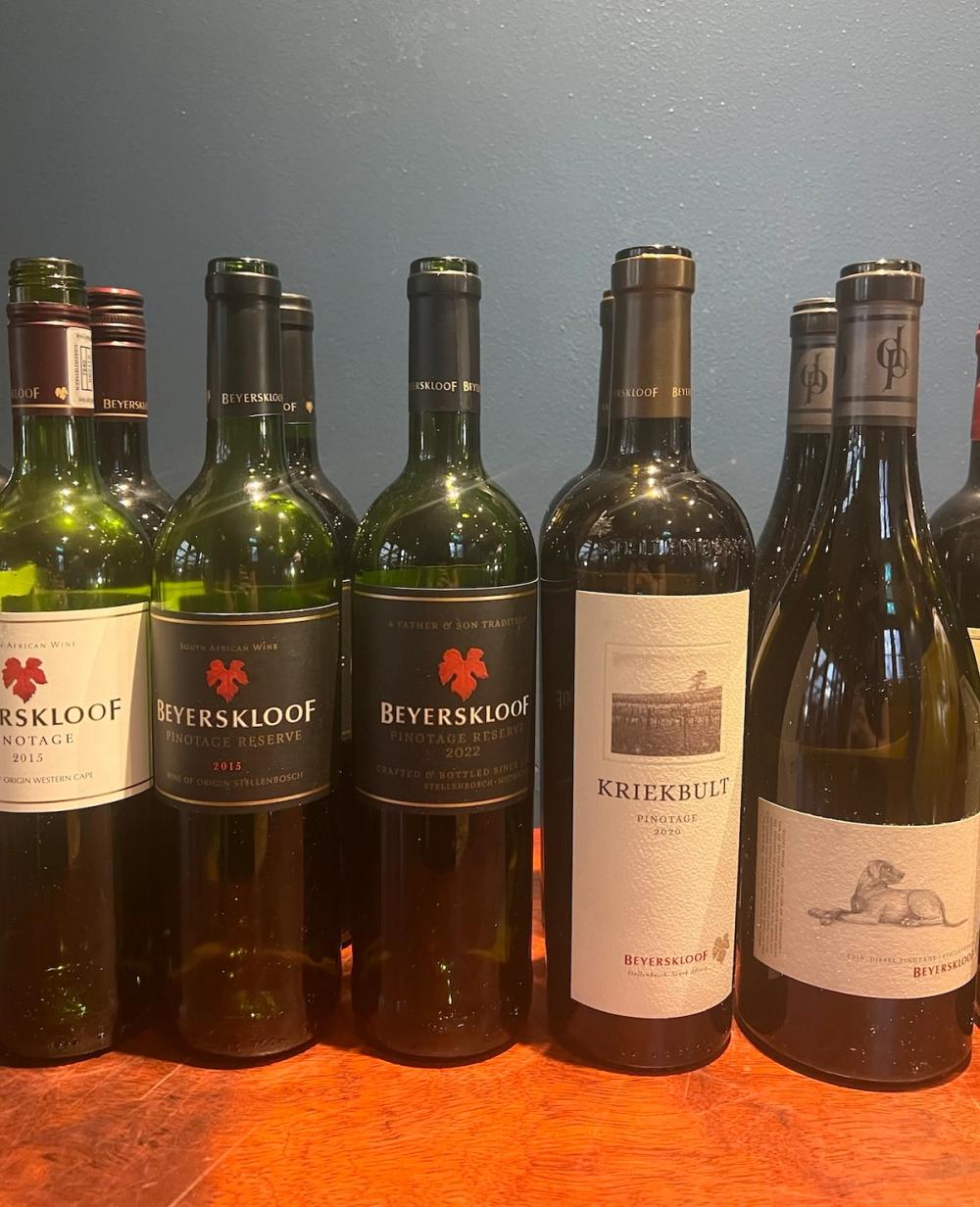
Beyerskloof Pinotage 2015 (14%)
This was a bit of a surprise, as Truter explained this entry-level Pinotage wasn’t meant to be aged. Yet it showed plum, fig, floral notes, and red cherry freshness on the palate. While shy at first, it opened up into a clean, enjoyable, and unexpectedly bright wine – proof (if needed) that Pinotage can age well.
Beyerskloof Reserve, Pinotage 2015 (14.5%)
Compared to the entry-level, this had more developed aromas – prune, fig, spice, mint – supported by high acidity and structure. Aged in 20% new oak, it had greater depth and confidently held its own amongst more prestigious reds.
Beyerskloof Reserve, Pinotage 2022 (14.5%)
Less new oak than previous reserves. Rounded and elegant, with blackberry, chocolate, blackcurrant, cassis, and bramble pie on the nose. Floral, fine tannins. Despite a vintage marked by three heatwaves, the wine remained beautifully composed.
Beyerskloof Kriekbult, Pinotage 2020 (14.5%)
In 2017, Truter acquired a third farm – Kriekbult. Inspired by Elsie Pells (South Africa’s first MW), they developed this cuvée as a tier between Reserve and Diesel. The wine is powerful and rounded, with blackcurrant, black cherry, mint, and dark berries in seamless harmony.
Beyerskloof Diesel, Pinotage 2018 (15%)
The flagship. Named after their beloved Great Dane, Diesel, who roamed the vineyards (and allegedly tasted the grapes). Only the top 20 barrels are selected. Complex, spicy, silky, and structured – dark berries, prune, spice, and acidity. First vintage: 2006. A wine made with love… and it shows.
Kanonkop – The benchmark of tradition
Often described as the ‘First Growth of South Africa’, Kanonkop has defined top-quality Pinotage. Located on Simonsberg Mountain, the estate uses dryland farming and bush vines. With winemaking legends like Beyers Truter and Abrie Beeslaar at the helm, its wines offer consistency and age-worthiness. Their library vertical – 1997 to 2022 – was a rare treat.
The estate spans 160 ha, with 90% planted to Pinotage, mostly facing southwest for cooler exposure. The approach remains traditional – intense punch downs and basket pressing (the latter only updated in 2014).
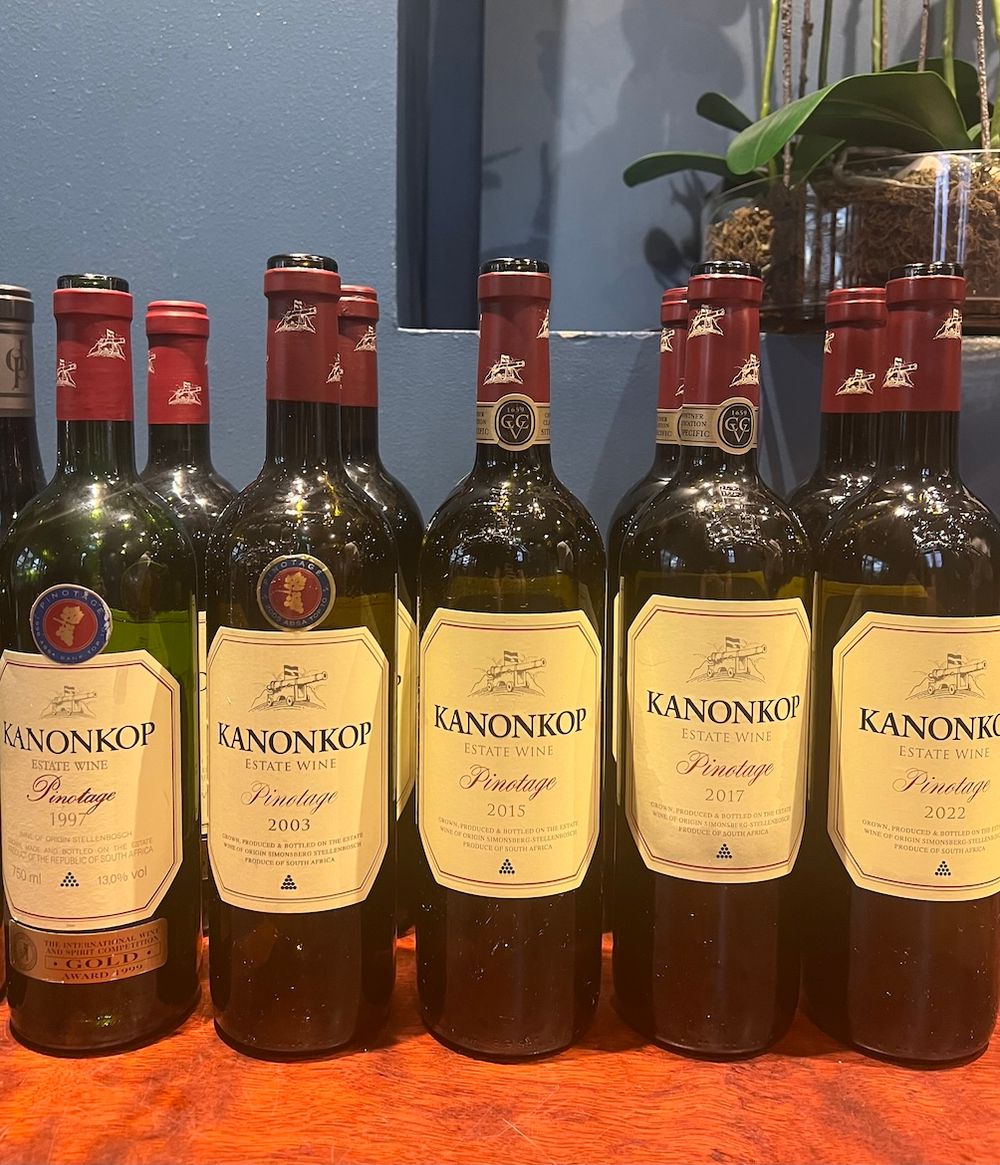
Kanonkop Estate Pinotage 1997 (13%)
My first reaction: ‘Chapeau bas!’. For me, this is the flagship expression of Pinotage. Elegant like a perfumed Bordeaux blend. What a nose! Cassis, blackberries, dark cherry, chokeberry. Still incredibly fresh.
Kanonkop Estate Pinotage 2003 (14.5%)
Meaty, cassis-driven, elegant and still lively. Prune on the nose, with great acidity and tannins. Truter made it whilst in hospital – chapeau bas again.
Kanonkop Estate Pinotage 2015 (14.8%)
First vintage with optical sorting. Lighter, elegant, with Kanonkop’s signature perfumed nose. Floral, dark cherry, rounded. A standout.
Kanonkop Estate Pinotage 2017 (14.3%)
Post-drought vintage. Perfumed, with chokeberry, dark cherry, cassis, and great structure. Very long finish.
Kanonkop Estate Pinotage 2022 (14.5%)
Still young but already showing perfume and structure. Ripe, fruit-forward, spicy, promising tannins. A future classic.
